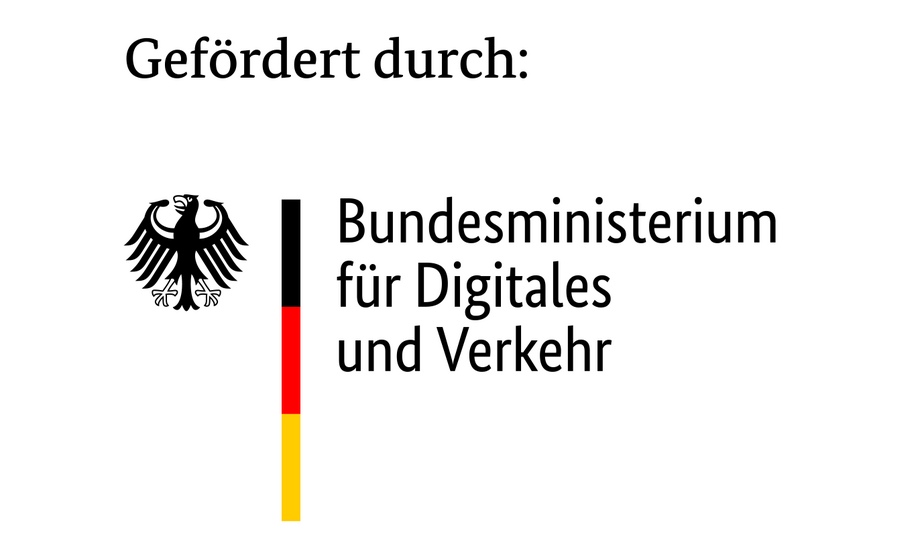THIEM:COTTBUS5G Digital lead hospital: Carl-Thiem-Klinikum gGmbH, Cottbus
THIEM:COTTBUS5G prototypically tests the extent to which fast, customized data transmission technologies change the patient experience on the "way" into and through a hospital and improve patient safety at hot spots of care reality at the Carl-Thiem-Klinikum gGmbH (CTK), and in its commuting area.
In THIEM:COTTBUS5G, technology development and technology impact research focus on the patient journey, while an Internet of Things (IoT), initially defined only in terms of technical information and networking the available resources, is further developed into an Internet of Services (IoS) in the service of the sick person.
The treatment paths are thereby digitally coordinated and accelerated in the background. The material and human resources required in individual cases are recorded and combined in terms of space and time, thus taking a step toward evidence-based treatment and higher quality.
The concept is structured in such a way that the advantages of 5G are first demonstrated on an admission diagnosis (and subsequently on others), in order to be rolled out spatially beyond the campus into the urban area and the region in later steps.
In order for the benefits of a digitally assisted patient journey to be felt by all stakeholders, the regional hospital as a whole must become a digital lead hospital. To this end, in the central admission and the integrated emergency center, the various players and systems will be brought together in an eHealth Hub, a data integration center dedicated to the care of the entire commuting area. Any number of resources (which entails complex networking structures and large volumes of data) are docked at this eHealth Hub, and all data streams directly relevant to decision-making (which requires short latency times) converge there.
Everything becomes a data source: the rescue vehicle, every ultrasound machine, the CT, the laboratory as well as the intensive care unit capacity, the operating room and every suitable hospital bed ('Internet of Medical Systems'). But this is not enough: the required human resources need to be directed (and guided): medical as well as assistant and nursing staff to be in the right place at the right time. Thus, there tends to be an infinite number of "addresses" of a complex IoS ('Internet of Services'). Data is provided for the various hot spots of the care reality, and 5G is the 'data highway' in this. The patient journey is designed from the patient's perspective and with a view to networked care over a wide area: the patient arrives and, based on diverse and up-to-date background information, resources tailored to his or her case await him or her and are continuously adapted to the course of the disease.
Smart Hospital thus means that resources are utilized more effectively, functions are made available and time is saved - in short, that the patient receives better care. The backbone of this information revolution in hospitals is 5G.

